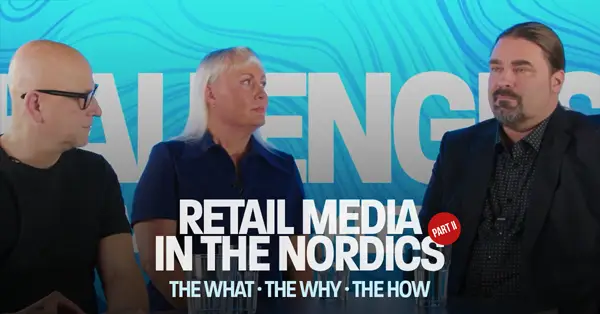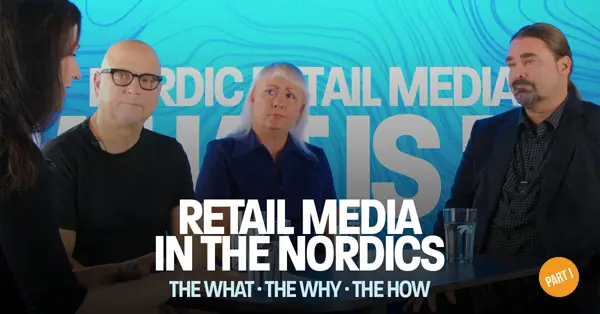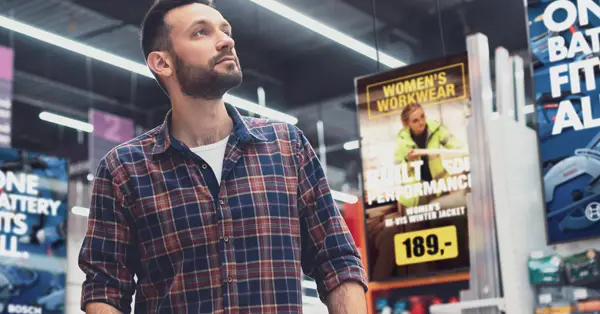This post is originally published in Doohlabs website: www.doohlabs.com
---
Fast lane to in-store retail media for retailers
Trade partner self-services are probably the fastest way for retailers to start operations in-store retail media. We often recommend our customers jump-start the retail media business at pace by selecting 10-15 of their most relevant trade partners and signing yearly contracts with them with category exclusivity for the first year. The yearly contract not only streamlines the transactional side of the business to extremes but also often helps fund the needed network investments when there is no existing screen network to experiment with.

With the selected group of trade partners, it is easy to start learning the most common practices needed to run the operations and on the other hand, let the partners learn and share with your organization valuable insight on how to do in-store retail media in your specific context and market the best possible way.
Besides the new business model, there are also significant process cost savings that come from transforming the current ad production process from an all-manual paper process or semi-manual digital process to a streamlined self-service using content automation to automatically produce ads from retailer systems.
How do the trade partner self-services work?
To understand how and why trade partner self-services have gotten to such a central role in in-store retail media, you need to explore the concept of endcap ads. Endcaps have of course always been valuable for advertisers to get noticed better than competitors and tight battles have been fought on who can have their moments in fame at any given moment.

Just having the digital screens in endcaps substantially changes the game. Instead of having one advertiser, you can have multiple. And as each endcap typically represents clearly defined product categories such as “cleaning” or “ready-made meals” the advertisers on those categories have now a much greater chance to be seen right where the actual purchasing decisions are made.
But it gets even better than this for the brands. When we utilize retailers’ customer insight to create audiences for the most probable buyers of products, the chances that the ad is seen by the people it’s been targeted rise exponentially as the ad plays only at times they are best reached. In trade partner-self-services brands are provided with ready-made tailored audiences: they only need to decide when it is the right time to run a campaign. Retailers can also build new custom audiences for example to help brands in experimenting with reaching new target groups or launching a new product line.
By utilizing customer insight and designing unified campaigns from the entrance and aisles guiding consumer paths to the right category, the best results are achieved.
From the trade partners' point of view, live reporting on how campaigns are performing is a big feature. Campaigns can be monitored & modified as they are running. Post-campaign analysis helps trade partners develop their audiences, content, and timing.
Content automation in trade partner self-services
Content automation is another core element in successful trade-partner self-services. To enable the scale required in modern in-store retail media, retailers' DAM and PIM -systems are utilized in automatically producing most tactical ads. Product images and information as well as other visual elements are created on the fly - minimal content production is needed.

The brand-building video ads and other content-rich marketing campaigns of course still live side-by-side with automated content production. Brands can easily manage both through the self-service interface or via API in other systems.
And of course, the retailer still needs to have the final say on what will be shown inside the stores. The approval is automatically required from the retailers or their media partner’s retail media team.
Future of trade partner self-services
One interesting aspect of trade partner self-services in in-store retail media is that it will probably “democratize” the ads in the stores. The visibility in stores till now has mainly been dominated by major advertisers as the price point for effective advertising has been relatively high. In the near future, there will be plenty more advertising opportunities for example local producers, and if they can define their target audiences in detail, the cost to reach a consumer does not get too high at all.







